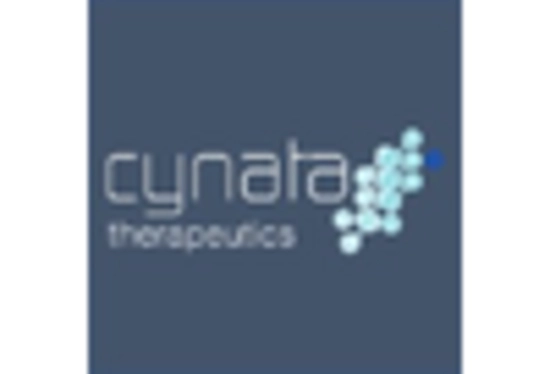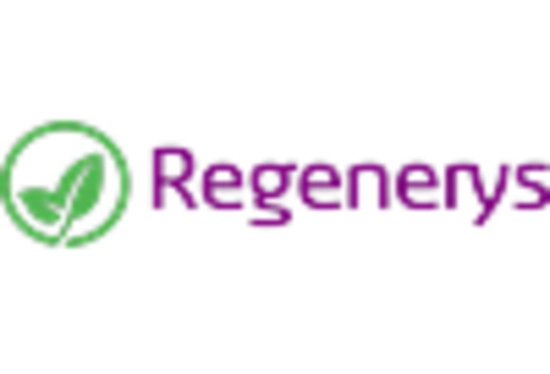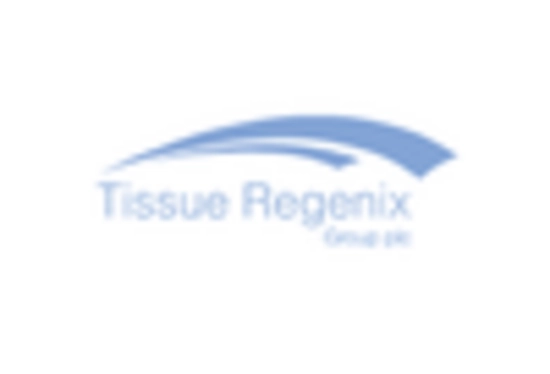Rising Demand for Organ Transplants
The increasing prevalence of chronic diseases and organ failures has led to a heightened demand for organ transplants. This trend is particularly evident in regions where the aging population is growing, resulting in a larger number of patients requiring organ replacements. The Bioartificial Organ Manufacturing Market is poised to address this demand by providing innovative solutions that can potentially reduce the waiting time for organ transplants. According to recent estimates, the number of patients on transplant waiting lists continues to rise, with thousands awaiting suitable organ matches. This scenario underscores the urgent need for bioartificial organs, which may offer a viable alternative to traditional organ transplants, thereby driving growth in the market.
Regulatory Support for Innovative Therapies
The regulatory landscape surrounding the Bioartificial Organ Manufacturing Market is evolving to support the development and commercialization of innovative therapies. Regulatory bodies are increasingly recognizing the potential of bioartificial organs to address critical healthcare challenges. Streamlined approval processes and guidelines for clinical trials are being established, which may accelerate the entry of new products into the market. This supportive environment encourages investment in research and development, as companies seek to bring their bioartificial organ solutions to market more efficiently. As regulations become more favorable, the market is likely to experience increased activity, with more players entering the field.
Growing Investment in Healthcare Infrastructure
Investment in healthcare infrastructure is a critical driver for the Bioartificial Organ Manufacturing Market. Governments and private entities are increasingly allocating funds to enhance healthcare facilities, which includes the integration of advanced medical technologies. This trend is particularly pronounced in regions where healthcare systems are evolving to meet the needs of a growing population. The establishment of specialized centers for organ manufacturing and transplantation is likely to facilitate the adoption of bioartificial organs. Furthermore, the increasing focus on personalized medicine and patient-centric care is expected to bolster the demand for bioartificial organs, as they can be tailored to individual patient needs.
Technological Innovations in Bioartificial Organs
Advancements in bioengineering and materials science are significantly influencing the Bioartificial Organ Manufacturing Market. Innovations such as 3D bioprinting, stem cell technology, and tissue engineering are enabling the creation of more sophisticated and functional bioartificial organs. These technologies not only enhance the performance of bioartificial organs but also improve their compatibility with human tissues. As a result, the market is witnessing a surge in the development of products that can mimic the functions of natural organs more effectively. The integration of artificial intelligence in the design and manufacturing processes further streamlines production, potentially reducing costs and increasing accessibility for patients in need.
Rising Awareness and Acceptance of Bioartificial Solutions
Public awareness and acceptance of bioartificial solutions are crucial factors influencing the Bioartificial Organ Manufacturing Market. As educational initiatives and media coverage increase, more individuals are becoming informed about the benefits of bioartificial organs. This growing awareness is likely to reduce stigma and foster acceptance among patients and healthcare providers. Additionally, as success stories of bioartificial organ implementations emerge, confidence in these technologies is expected to rise. The potential for bioartificial organs to alleviate organ shortages and improve patient outcomes may further enhance their acceptance, driving demand in the market.


















Leave a Comment